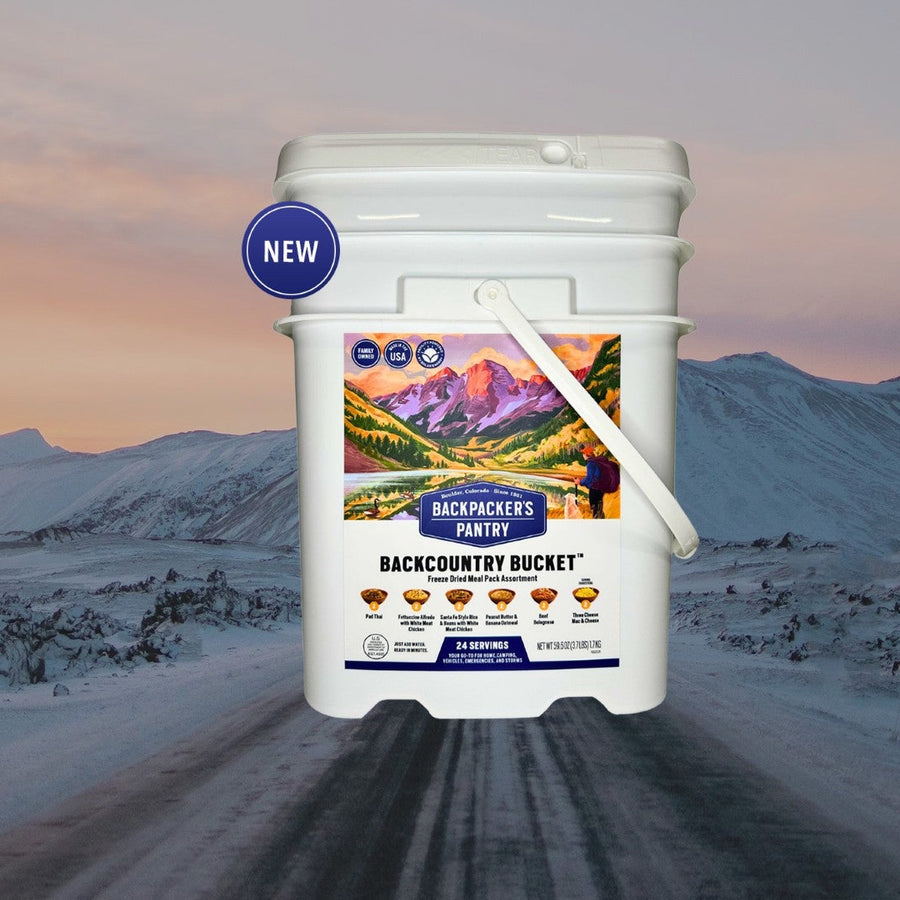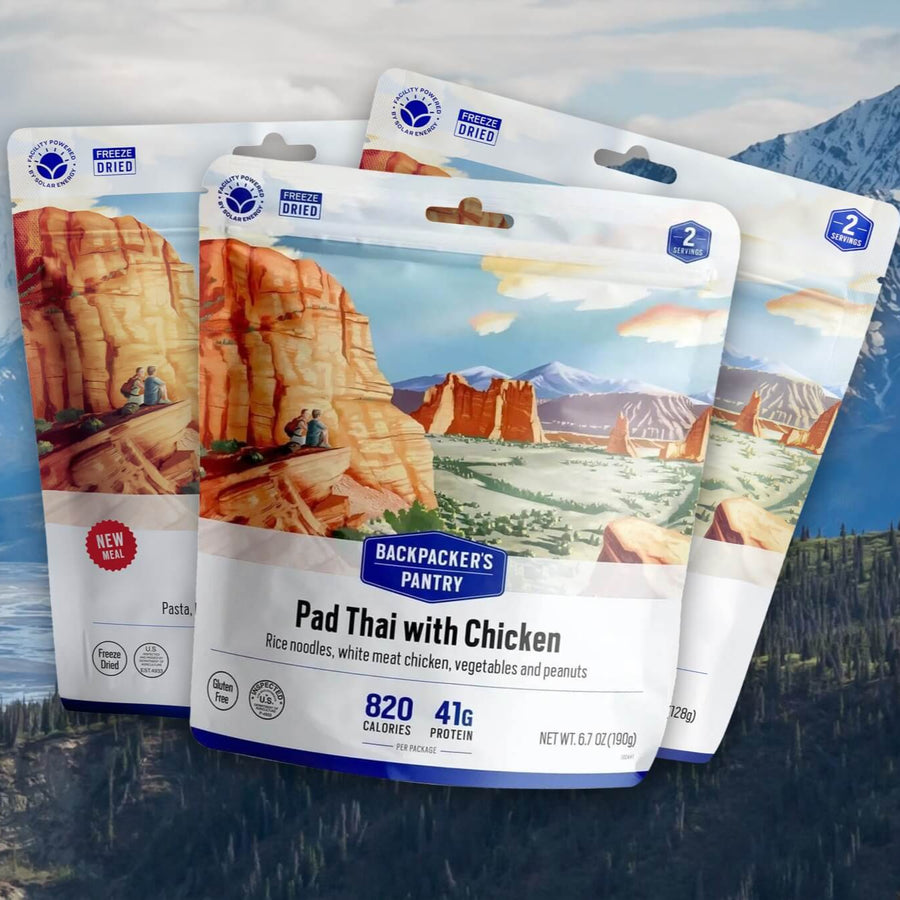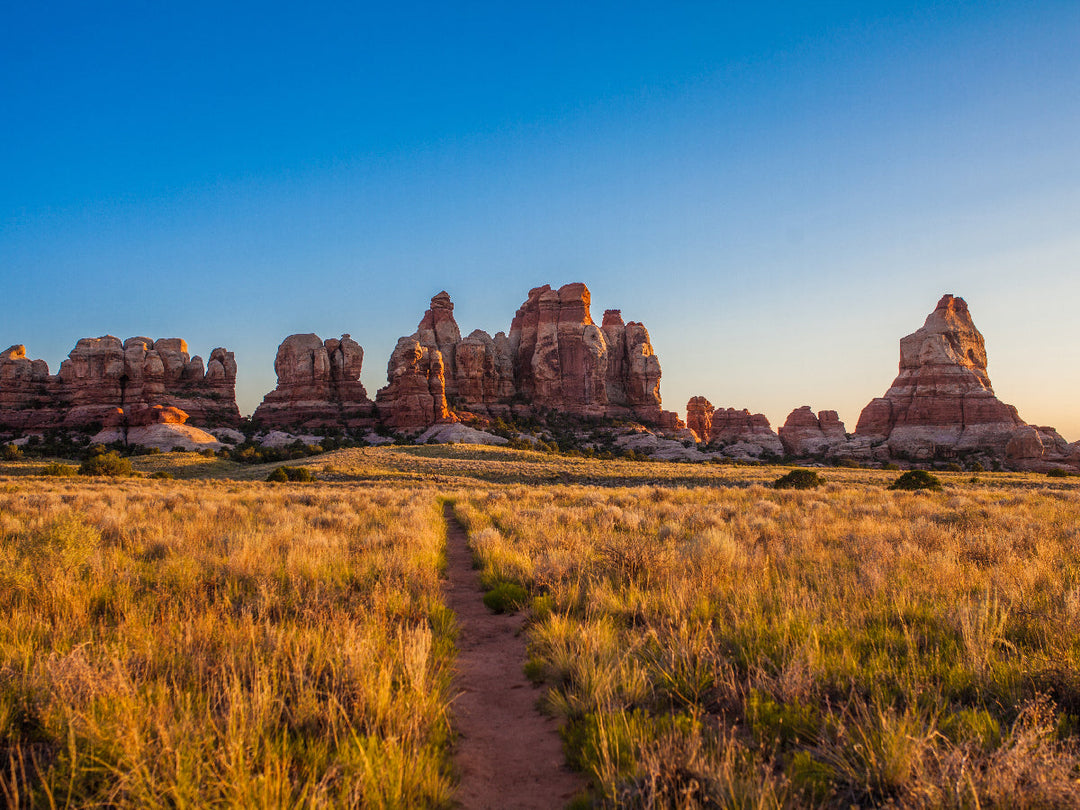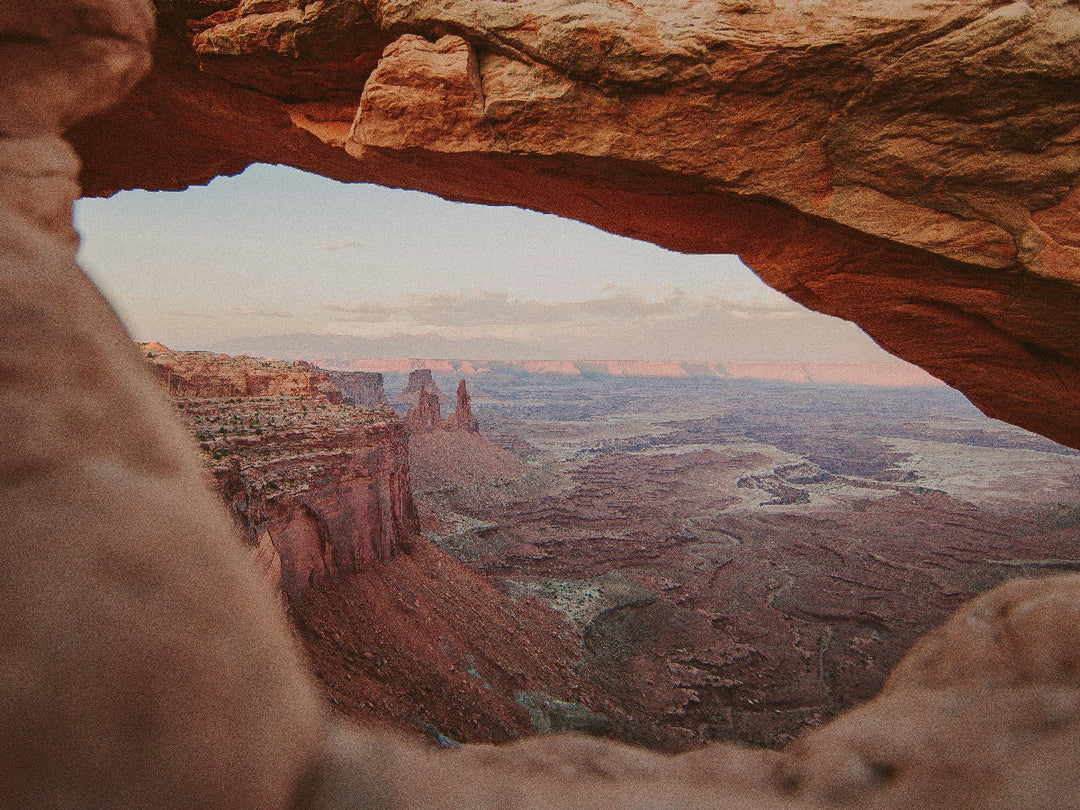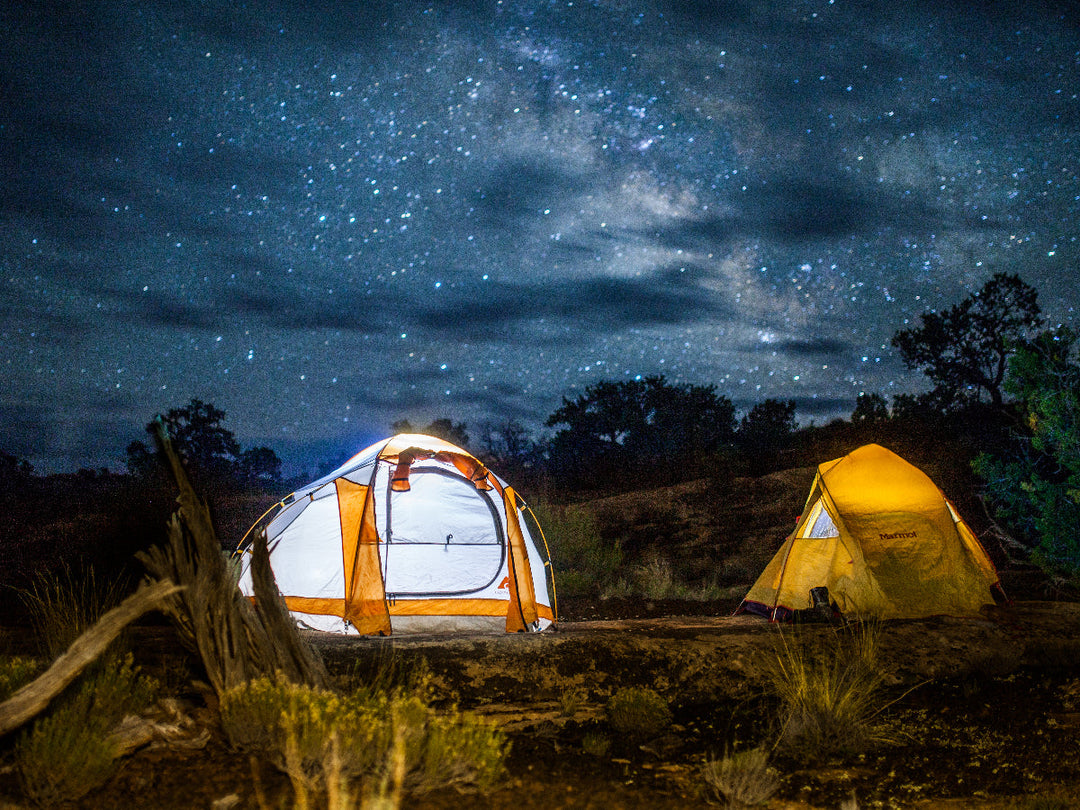Best Campsites in Rocky Mountain National Park - Car Camping & Backcountry

If you’re planning a camping trip for the summer, Rocky Mountain National Park, or RMNP, should be on your short list. Sure, you can get a hotel somewhere outside of the park, and then ride the bus in for day trips, but to really experience the full breadth of wonder of the park, you need to spend the night.
Being part of the environment, instead of just passing through it adds so much to the experience of visiting RMNP. So we’ve put this comprehensive breakdown together to help you make the most of your trip.
There are two styles of campsites in Rocky Mountain National Park, established campgrounds, that you can drive to, and backcountry campsites that require a hike to access. Both offer a unique experience, and we’ll break down who is best suited for each style of site. Regardless, the best time to camp in RMNP is June-September. Depending on the weather, there might be a window before or after those months, but typically those are the best months for camping without dealing with extreme weather.
Best Campgrounds in Rocky Mountain National Park
If you want to sleep outdoors, and get up close and personal with nature, but aren’t comfortable backpacking and carrying all your gear with you, a campground is your best bet. You can drive right up to your campsite, unload all your gear, and relax in your tent, without having to hike all day.
Aspenglen Campground
Description: Aspenglen Campground is a beautiful 52-site campground near the east entrance to the park. It’s got great access to the Bear Lake hiking zone, and is very family-friendly. It’s a great first-time camping experience.
Directions
Available Seasons: Year-round, with limited winter availability
Fees and Permits: $30 per night, does not include park entrance
Reservations: Oct-May first-come-first-served, June-September, online reservation only. Reservations can be made up to 6 months in advance of your desired camping date.
Glacier Basin Campground
Description: Glacier Basin is a large 150 site campground conveniently located near the Park-and-Ride. You can hike from the campground to the Sprague Lake and Wind River hiking areas, and there are group sites available, which makes it perfect for larger groups, or family reunions.
Directions
Available Seasons: May-September
Fees and Permits: $35 per night for regular sites, $50 for groups of 9-15, $60 for groups of 16-25, and $70 for groups of 26-40
Reservations: Online reservation only. Reservations can be made up to 6 months in advance of your desired camping date.

Longs Peak Campground
Description: If you’re looking for a smaller, quieter campground experience, Longs Peak Campground is a great choice. It’s got 26 campsites, and is the best place to start for hikes to Longs Peak and Battle Mountain.
Directions
Available Seasons: July-September
Fees and Permits: $30 per night
Reservations: First-come-first served
Moraine Park Campground
Description: Moraine Park is a beautiful meadow campground, with 244 sites available. It’s also got a visitor’s center, and is close to the Cub Lake trailhead. It’s fairly centrally located in the park, and has good access to several other areas.
Directions
Available Seasons: July-September
Fees and Permits: $35 per night
Reservations: Online reservations only. Reservations can be made up to 6 months in advance of your desired camping date.
Timber Creek Campground
The Timber Creek Campground is a quiet campground with beautiful views and 101 campsites. It’s a short hike from the Beaver Pond picnic area, and has good access to Mount Status and Nimbus, as well as Red Mountain.
Directions
Available Seasons: July-September Fees and Permits: $35 per night
Reservations: Online reservations only. Reservations can be made up to 6 months in advance of your desired camping date.

Best Backcountry Campsites in Rocky Mountain National Park
If you’re looking for a more immersive experience, RMNP has a wide range of backcountry campsites. All of these sites require a hike to access, so be ready to carry your gear. In addition, they all require a physical wilderness permit, as well as an overnight dash tag for your car.
All Rocky Mountain National Park wilderness camping permits cost $36 and follow the same reservation rules.
According to the park, "You must have a Wilderness Permit to camp overnight in the wilderness of Rocky Mountain National Park. You can pick the Permit up at the Headquarters Wilderness Office (beside Beaver Meadows Visitor Center on Highway 36 west of Estes Park, CO) or at Kawuneeche Visitor Center (Highway 34, north of Grand Lake, CO)."
For summer camping dates you can make reservations starting on March 1. Reservation requests must be made at least 3 days before your first camping date. Walk-up permits are available starting April 1.
Lake Verna
Description: The Lake Verna Campsite gets you access to one of the most beautiful corners of Rocky Mountain National Park. It’s a quiet, laid back zone, with access to Spirit Lake and Fourth Lake. This is a great choice for fishermen.
Available Seasons: July-September
Distance from Trailhead: 6.8 miles (one-way) from East Inlet Trailhead
Thunder Lake Campsite
Description: If you like stunning views of alpine lakes, Thunder Lake is for you. Sunrise over Thunder Lake is truly memorable. You can also hike from here to Box and Eagle lakes for exploratory day trips.
Available Seasons: July-September
Distance from Trailhead: 5.65 miles (one-way) from Wild Basin Trailhead
Know Before You Go
Camping in Rocky Mountain National Park requires an understanding of all the typical camping essentials, like safe food storage, and Leave No Trace ethics, along with attention to RMNP’s specific rules. Because it’s a popular destination, it really pays to plan ahead, and make your reservations as early as possible online.
RMNP also has a shorter weather window than many National Parks, with prime conditions falling between July and September, so make sure to keep an eye on the weather, and come prepared with a checklist of all your camping gear. The weather changes fast in the Rockies, and afternoon thunderstorms are common in the summer. Stay up to date using the National Park webcams.
Safety & Hazards
In addition to storms, wildlife is a major concern in Rocky Mountain National Park. All established campgrounds have food storage lockers, and you’re required to keep all food secured. In the backcountry, you’ll need to use bear canisters, and follow all park rules for securing food and disposing of waste.
RMNP Camping Planning Resources
Rocky Mountain National Park is very busy, and campsites are in hot demand. Reserve your site early, online, and make sure you’ve got all your fees handled before you arrive. For established campgrounds, you’ll need to pay your entry fees to the park, as well as your nightly campsite fee. For backcountry campsites, you pay a flat $36 fee, regardless of how many nights your trip will last, and this covers your wilderness permit, as well as your overnight parking permit. Having a wilderness camping permit means that you do not need to make a timed-entry reservation.
Once you’re in the park, you’ll only have occasional cell service, so it’s a good idea to download all your maps with an app like OnX before you arrive so that you’re prepared when you hit the trails.
Parking is very limited in the park, plan on either parking at your campsite and using the park’s network of shuttle buses to get around. Yes, you can drive in RMNP, but it’s stressful and takes away from the experience.
Other Campsites to Consider
Lawn Lake
Description: Stunning rock walls and clear lakes
Distance: 6.25 Miles (one-way)
Trailhead: Lawn Lake Trailhead
Tilston Meadows
Description: An alternative to Lawn Lake if all campsites are taken
Distance: 6.9 miles (one-way)
Trailhead: Lawn Lake Trailhead
Box Canyon
Description: Great access to rugged mountains
Distance: 6.14 miles (one-way)
Trailhead: Colorado River Trailhead
